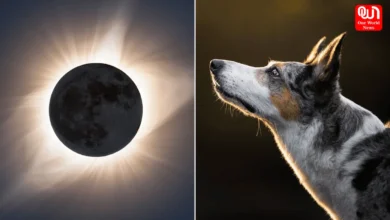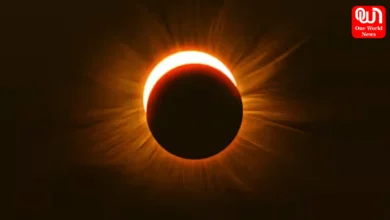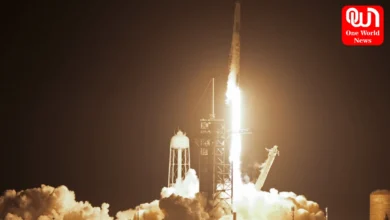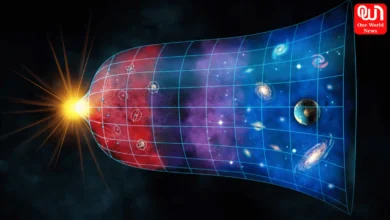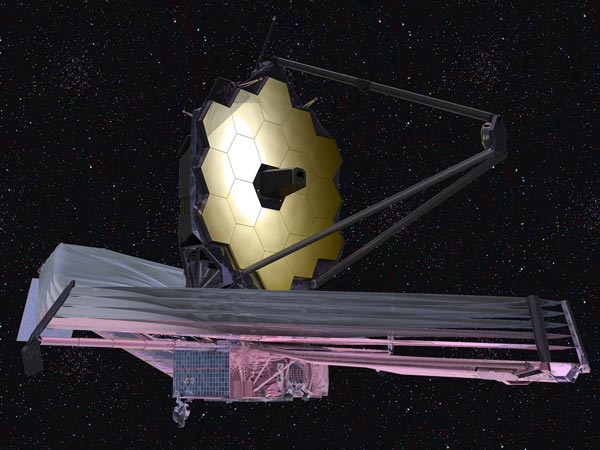
Commendable! NASA has completed world’s largest James Webb Telescope
The US space agency is all geared up to replace the Hubble Space Telescope as scientists at NASA have completed the construction of world’s largest James Webb Telescope, a venture that started two decades ago.
About the James Webb Telescope
JWT has effectively received all 18 large mirrors and is now all set to become a successor of the largest telescope HST, said NASA’s Administrator Charles Bolden at Goddard Space Flight Center, Maryland.
“Today, we are celebrating the successful completion of our telescope, and we are about to prove that it does work,” said John Mather, an astrophysicist and senior project scientist for the telescope. “We have been doing innovation and hard work since two decades and this is the final result. We are opening up a whole new territory of astronomy.”

James Webb will then become the largest telescope in the space with lenses three times larger than the largest lens in space currently which gives it capability to capture 10x more details when compared to HST. It is to be noticed that Hubble’s mirror measures only 8-foot-diameter.
Features of James Webb Telescope
Each of the 18 mirrors in this telescope can adjust its shape and direction once deployed in space for an exploration.
While deciding the material for manufacturing the mirrors, engineers decided to use beryllium since it is ultra-lightweight and has stable thermal and mechanical properties at very low temperatures.
In addition, each mirror has been coated with a thin layer of gold to reflect the infrared light. Features of Webb are not complete yet, the most interesting feature of the Hubble’s successor is its five layer sun shield that is of the size of a tennis court which has the capability to reduce the heat coming from the Sun by a million times.
James Webb Space Telescope is being developed to study stars, galaxies, and cosmos, to study the evolution of our solar system, examine the formation of stellar systems and search the alien life in exoplanets in other galaxies.
It is also expected that the data received from the Webb telescope will help science to take a giant leap ahead and will help us better understand our universe.
According to the NASA reports, the telescope is set to launch in October 2018 on an Ariane 5 rocket. European Space Agency and Canadian Space Agency have also supported NASA in completing this $8.7 billion project.

